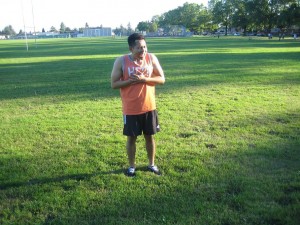Most cases of heart attack are due to coronary heart disease where the coronary arteries are blocked with calcified plaques. In studies conducted, it was confirmed that the direct cause of almost all cases of heart attacks is not the plaques. Instead, it is the abrupt formation of a blood clot on top of the plaque that breaks and cuts off the flow of blood in an already constricted blood vessel.
What are the risk factors?
The main risk factors for a heart attack have been identified and some can be controlled.
- High blood pressure
- Obesity
- High cholesterol
- Diabetes
- Smoking
- Sedentary lifestyle

Victims of a heart attack undergo emergency procedures to restore the flow of blood to the heart and stabilize the condition.
Remember that stress can also increase the risk while excitement and exertion can act as triggers as well. A vital factor is the family history of the individual. If one has a family history of heart disease, it increases the risk at an earlier age.
Management
A heart attack is a medical emergency. It should be promptly dealt with using conventional measures.
Victims of a heart attack undergo emergency procedures to restore the flow of blood to the heart and stabilize the condition. The individual is hospitalized in a special coronary unit for at least 36 hours. The standard drug therapy for victims of heart attack include the following:
- Pain medication such as morphine
- Vasodilators such as nitroglycerine that works by expanding the blood vessels
- Aspirin to minimize the clotting activity
- Beta-adrenergic blockers to help calm the heart
- Other forms of blood thinners to prevent the formation of clots as well as breaking up those that already formed
In some instances, the drugs that dissolve the clot are also given. These are highly effective if administered within a few hours at the start of a heart attack. If emergency angioplasty is not available, these medications are the initial choice. Oftentimes, they are used if there is a delay in angioplasty.
Emergency angioplasty and possible surgery might be carried out to get rid of the clot, reopen a blocked artery or bypass any clogged arteries.
More Information / Disclaimer
The information posted on this page on heart attack is for learning purposes only. Learn to recognize and manage sudden medical emergencies such as a heart attack by taking a standard first aid course with Saskatoon First Aid.

